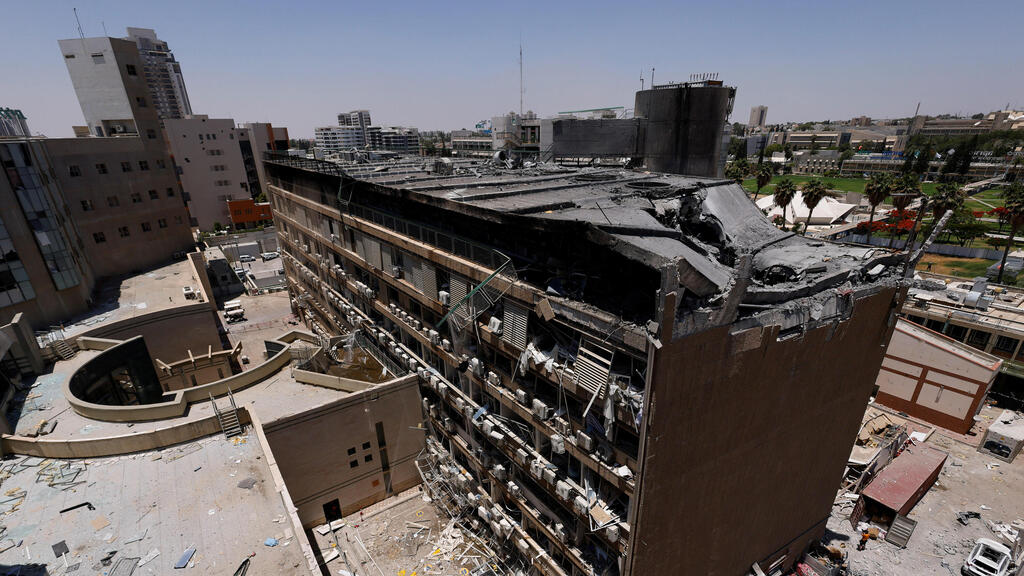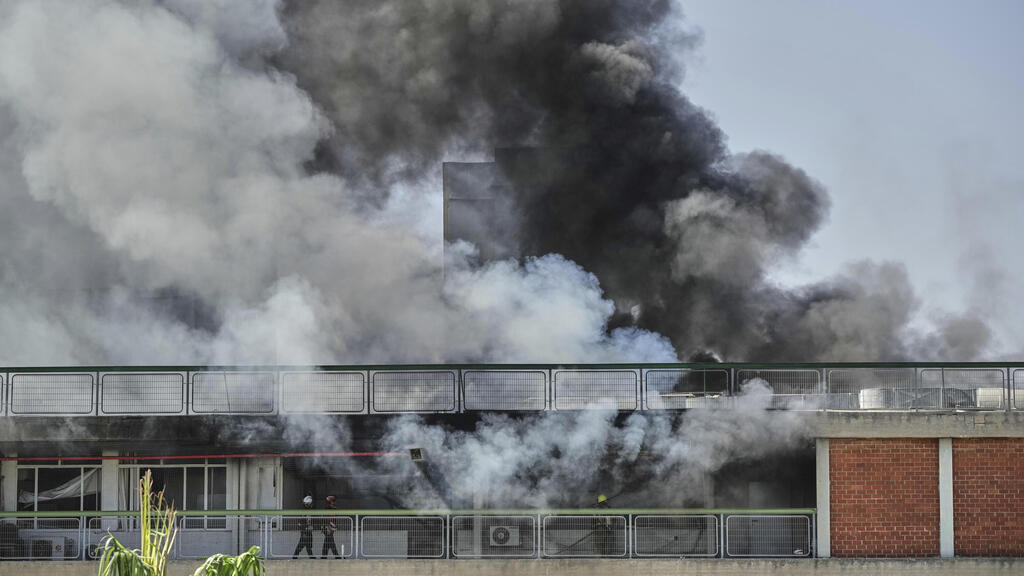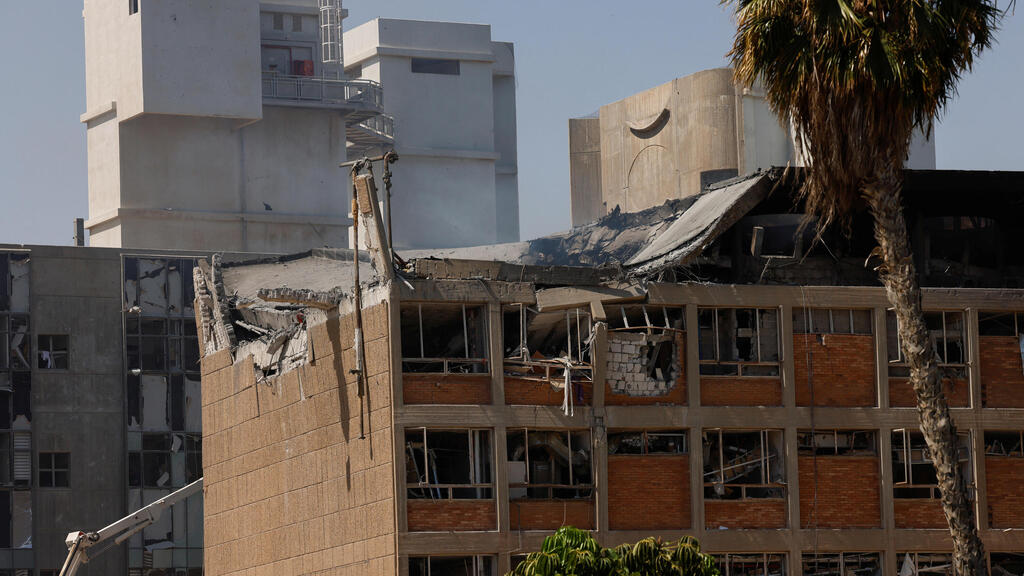The Health Ministry on Wednesday offered its first full assessment of the damage caused by the 12-day war with Iran, with the direct hit on Soroka Medical Center in Be’er Sheva—the only major hospital in the Negev—at the center of concern. While the hospital is gradually returning to limited function, it has not resumed full operations.
“The damage is immense,” said Health Ministry Director-General Moshe Bar Siman Tov in a briefing to reporters. “We’re learning a great deal from this and will continue to learn more.”
The Iranian missile struck between the fourth and fifth floors of Soroka’s six-story surgical tower. A second building housing 280 internal medicine beds was also significantly damaged. “The hospital’s response and protective measures saved dozens of lives,” Bar Siman Tov noted.
Reconstruction efforts have begun, and the ministry estimates the total rebuilding cost at around NIS 1 billion. Soroka remains partially operational, with emergency, maternity and surgical departments still functioning, but officials have urged the public to avoid nonessential visits.
Some wards may take weeks to restore, and it's unclear when damaged areas like the elevators will be back online. While the hospital has a tentative recovery schedule, no full reopening date has been announced. “We plan not only to repair but to rebuild more robustly,” said Bar Siman Tov, announcing a NIS 1 billion reconstruction plan that includes a new fortified hospital building designed to ensure operational continuity during emergencies.
That plan, he added, will require cooperation from the Finance Ministry, the broader government and philanthropic organizations.
The missile strike reignited a long-standing national debate about the vulnerability of Israel’s hospitals. According to the Health Ministry, there are currently 7,240 fortified hospital beds and an additional 2,916 with proximity to protected areas. Since October 7 and during the subsequent war, more than 3,000 fortified beds were added, including in psychiatric wards.
Bar Siman Tov emphasized the need for a “strategic leap” in hospital fortification. “We quickly realized this was a major threat—not just the direct impact but the shockwave that follows. That’s why we evacuated many wards underground and ramped up home hospitalization efforts.”
During the operation, hospitals across Israel activated reinforced emergency plans, converting parking garages into shelters and building out new fortified wings. Ongoing construction projects include a new ER at Shamir Medical Center, a northern tower at Tel Aviv Sourasky Medical Center and new facilities at Edith Wolfson and Shaare Zedek Medical Centers. “These projects require significant new funding, and we are working to make it happen,” he said.
Get the Ynetnews app on your smartphone: Google Play: https://bit.ly/4eJ37pE | Apple App Store: https://bit.ly/3ZL7iN
By the end of the operation, 3,345 casualties had been brought to hospitals, either by ambulance or independently. Of those, 23 were in serious condition, 111 moderate and more than 3,000 lightly wounded. There were also 144 cases of shock.
Though the war officially ended, thousands remain displaced and are living in temporary housing, including hotels. The Health Ministry says it will continue providing mental health and medical support through the national resilience centers and HMOs.
Bar Siman Tov also praised the cooperation between hospitals, public and private, that helped maintain surgical capacity, citing operations from Sheba, Rabin and Meir medical centers that were carried out at the reinforced operating rooms of Assuta Ramat HaHayal in Tel Aviv.
“The mutual support across the health system was incredible,” he said. “Some of the coordination was initiated directly between hospitals; others were facilitated by the ministry.”
The Health Ministry will conduct an official investigation into how the healthcare system performed during the war. “We’ll appoint external professionals to assess and help us improve,” said Bar Siman Tov. “From what we’ve seen so far, the system performed well, and the experience from recent crises—from COVID-19 to October 7—was critical to managing the challenges of this war.”





